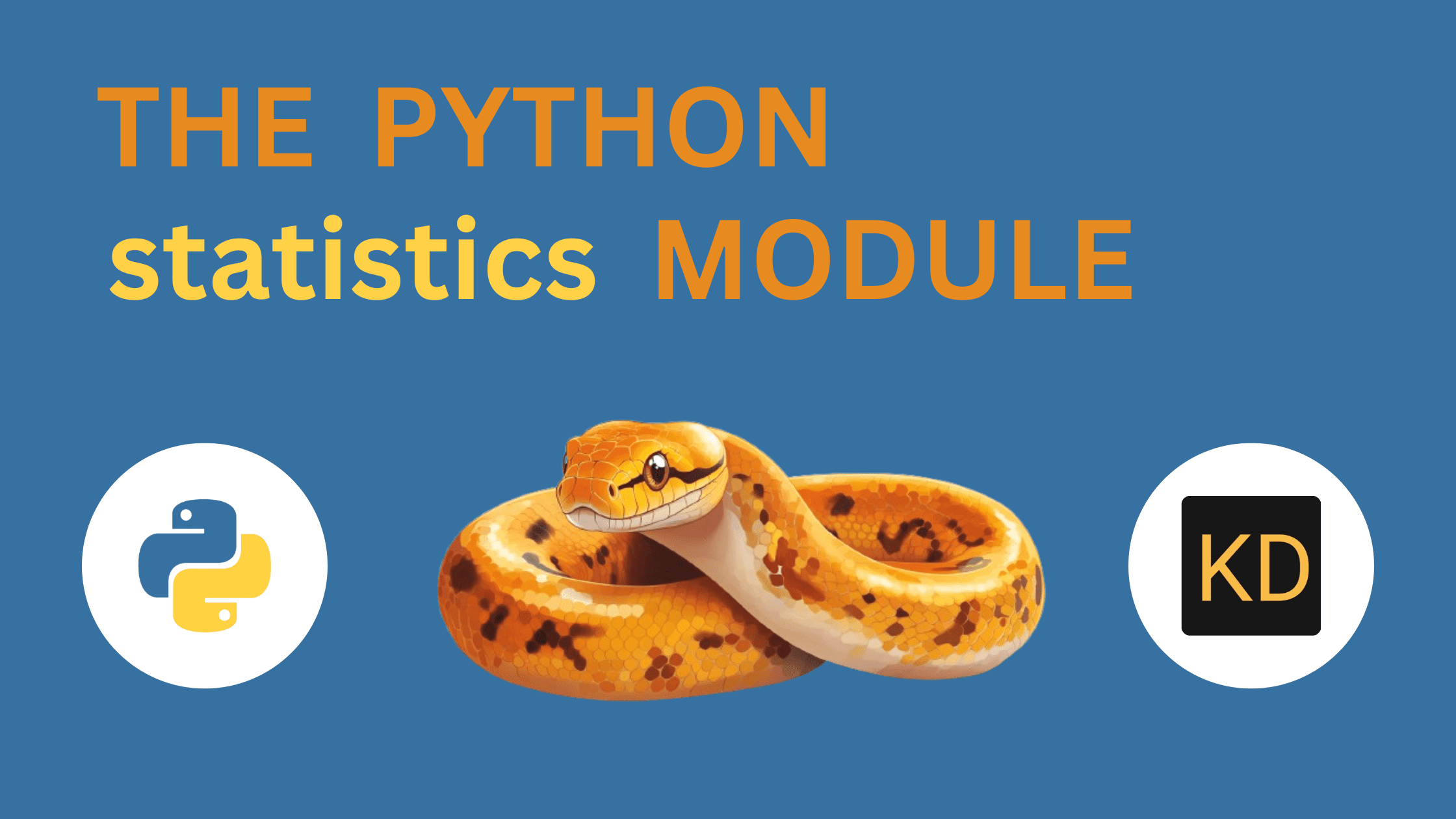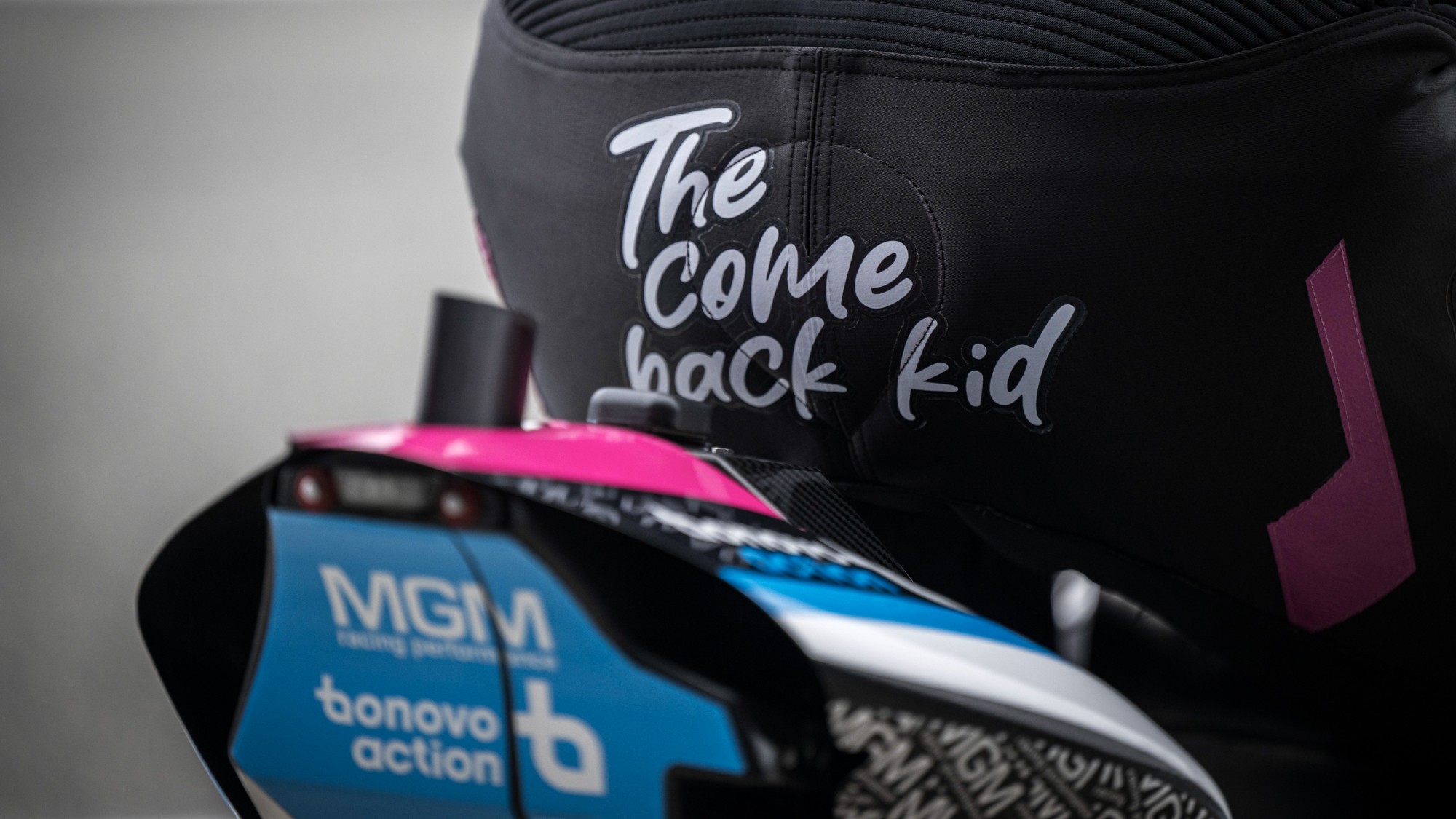Mike Leigh’s Humanist Gestures
Illustrations by Michelle Perez.It’s odd that a movie like Happy-Go-Lucky (2008) should have an unsettling climax. Mike Leigh’s film stars Sally Hawkins as Poppy, a bubbly kindergarten teacher who takes a few driving lessons with a curmudgeonly Scott (Eddie Marsan). He dispatches conspiratorial rants, replete with right-wing dog whistles, and berates her for her clumsiness. He is, in the language of professional wrestling, the heel to Poppy’s face. Poppy’s life is full: She has a difficult job that she loves and performs quite well. She has friends and family who love her and find her inspiring, even if they think her naïve, or grating, or insincerely gracious. She has a boyfriend. Scott sees none of this. He sees Sally as a potential mate, and winds up fantasizing an entirely different woman in her place. So when she pulls over the car during one of his rages, refusing to let him take over as the driver until he’s calmed down, Scott explodes; he chases her around the car, and the tenor of the film, otherwise so light, becomes horrifying. He yells at her, insults her, claims she’s been trying to seduce him for a laugh, all while Poppy stares back at him, silent, heartbroken, disgusted, hurt. In this moment, the film coalesces as a reflection on the burdens and projections foisted upon an independent working-class woman. Happy-Go-Lucky reveals itself as a tale of festering misogyny, which causes Scott, Poppy’s family, and even the audience to underestimate and resent her. And all of this is illuminated in a moment of rapid gesticulation: Scott’s hands waving about, flailing wildly but directionless, fists clenching and unclenching and yet never propelled by any force. There is so much clarity in this moment, in which we see right through a person into everything that made them. Every Mike Leigh movie speaks through acts like this, in which the mere awareness of another human being proves profound beyond sentimentality. To Leigh, the truth of the world is self-evident when watching people closely.In a 1996 interview, Leigh proclaimed, “My films aspire to the condition of documentary.” At first blush, this seems like a stretch, especially for a director whose next film would be an epic romp about Gilbert and Sullivan (Topsy-Turvy, 1999). In general, Leigh’s movies lack the gruff aesthetic urgency of nonfiction footage, or the fetishization of working-class grit, as seen in the work of the Dardennes. Even in his most meticulously researched historical films, there are copious fictitious flourishes for the mere pleasure of entertainment. Still, Leigh’s dramas project the studied accuracy of an anthropological field journal. These are movies whose foremost goal is to touch the edges of the “real.” When Marsan stares at the ground, then at Hawkins, then pulls his half-formed fists to his chest, it can feel like we are witnessing the world as it is for the very first time. We see Scott not just as a character, a template for Marsan’s acting choices, but as a human being. Leigh’s gift is to make art as individual, relatable, and messy as people themselves. There is no better encapsulation of this feat than his eye for the tiniest mannerisms. Leigh has returned throughout his career to gestures that communicate, with total lucidity, the sensorial, interpersonal foundations beneath all of art’s truisms, articulating the emotions and cultural perspectives that come from living a life with a sense for its meaning.Happy-Go-Lucky (Mike Leigh, 2008).Part of this effect is surely born out of Leigh’s unconventional process. The director got his start in theater, and it shows; his first several productions began as plays, which he then filmed for the BBC in the 1970s and ’80s. The details of his filmic process are a bit mysterious, but most closely resemble what would eventually be termed devised theater, a 20th-century movement in collaborative performance-making in which actors and a director assemble the particulars of a piece out of rigorous improvisation in rehearsals. Leigh begins with an outline of only a couple pages before convening the cast. Together, they hash out character psychologies, drawing inspiration from people they’ve met in real life. With these quasi-factual portraits as a foundation, individual scenes are conceived over the course of several weeks and eventually whittled into a conventional narrative with precisely chosen dialogue. It’s reasonable, then, that the words feel more natural, having been phrased organically by those who perform the characters. Nobody knows Scott better than Marsan.The films that have emerged from this process over the past half-century of Leigh’s career showcase a stunning variance of tone, embracing the operatic and leaning into a tonally heightened register that many less imaginative directors would deem unbecoming of such serious art. Yet they all nurture the viewer’s humanist streak, pushing our response beyond condescending scorn or protective adoration. Leigh’s unusu


Illustrations by Michelle Perez.
It’s odd that a movie like Happy-Go-Lucky (2008) should have an unsettling climax. Mike Leigh’s film stars Sally Hawkins as Poppy, a bubbly kindergarten teacher who takes a few driving lessons with a curmudgeonly Scott (Eddie Marsan). He dispatches conspiratorial rants, replete with right-wing dog whistles, and berates her for her clumsiness. He is, in the language of professional wrestling, the heel to Poppy’s face. Poppy’s life is full: She has a difficult job that she loves and performs quite well. She has friends and family who love her and find her inspiring, even if they think her naïve, or grating, or insincerely gracious. She has a boyfriend.
Scott sees none of this. He sees Sally as a potential mate, and winds up fantasizing an entirely different woman in her place. So when she pulls over the car during one of his rages, refusing to let him take over as the driver until he’s calmed down, Scott explodes; he chases her around the car, and the tenor of the film, otherwise so light, becomes horrifying. He yells at her, insults her, claims she’s been trying to seduce him for a laugh, all while Poppy stares back at him, silent, heartbroken, disgusted, hurt. In this moment, the film coalesces as a reflection on the burdens and projections foisted upon an independent working-class woman. Happy-Go-Lucky reveals itself as a tale of festering misogyny, which causes Scott, Poppy’s family, and even the audience to underestimate and resent her. And all of this is illuminated in a moment of rapid gesticulation: Scott’s hands waving about, flailing wildly but directionless, fists clenching and unclenching and yet never propelled by any force. There is so much clarity in this moment, in which we see right through a person into everything that made them. Every Mike Leigh movie speaks through acts like this, in which the mere awareness of another human being proves profound beyond sentimentality. To Leigh, the truth of the world is self-evident when watching people closely.
In a 1996 interview, Leigh proclaimed, “My films aspire to the condition of documentary.” At first blush, this seems like a stretch, especially for a director whose next film would be an epic romp about Gilbert and Sullivan (Topsy-Turvy, 1999). In general, Leigh’s movies lack the gruff aesthetic urgency of nonfiction footage, or the fetishization of working-class grit, as seen in the work of the Dardennes. Even in his most meticulously researched historical films, there are copious fictitious flourishes for the mere pleasure of entertainment. Still, Leigh’s dramas project the studied accuracy of an anthropological field journal. These are movies whose foremost goal is to touch the edges of the “real.” When Marsan stares at the ground, then at Hawkins, then pulls his half-formed fists to his chest, it can feel like we are witnessing the world as it is for the very first time. We see Scott not just as a character, a template for Marsan’s acting choices, but as a human being. Leigh’s gift is to make art as individual, relatable, and messy as people themselves. There is no better encapsulation of this feat than his eye for the tiniest mannerisms. Leigh has returned throughout his career to gestures that communicate, with total lucidity, the sensorial, interpersonal foundations beneath all of art’s truisms, articulating the emotions and cultural perspectives that come from living a life with a sense for its meaning.

Happy-Go-Lucky (Mike Leigh, 2008).
Part of this effect is surely born out of Leigh’s unconventional process. The director got his start in theater, and it shows; his first several productions began as plays, which he then filmed for the BBC in the 1970s and ’80s. The details of his filmic process are a bit mysterious, but most closely resemble what would eventually be termed devised theater, a 20th-century movement in collaborative performance-making in which actors and a director assemble the particulars of a piece out of rigorous improvisation in rehearsals. Leigh begins with an outline of only a couple pages before convening the cast. Together, they hash out character psychologies, drawing inspiration from people they’ve met in real life. With these quasi-factual portraits as a foundation, individual scenes are conceived over the course of several weeks and eventually whittled into a conventional narrative with precisely chosen dialogue. It’s reasonable, then, that the words feel more natural, having been phrased organically by those who perform the characters. Nobody knows Scott better than Marsan.
The films that have emerged from this process over the past half-century of Leigh’s career showcase a stunning variance of tone, embracing the operatic and leaning into a tonally heightened register that many less imaginative directors would deem unbecoming of such serious art. Yet they all nurture the viewer’s humanist streak, pushing our response beyond condescending scorn or protective adoration. Leigh’s unusual process is in service of a uniquely political formal rhetoric, approximating the collective and the institutional in a character’s most intimate moments.
Many of Leigh’s films concern themselves with the often invisible forces of patriarchy, wielded by his characters and leaving a dent in their psychology. Naked (1993) follows the antics of Johnny (David Thewlis), a misanthropic intellectual, as he wanders through the dingiest corners of London. The bulk of the film focuses on his pointed mistreatment of the women who come into his orbit. Johnny identifies their most private vulnerabilities, which he labels as proof of the world’s worthlessness, an excuse for his misdirected anger at them. He sees himself outside of society, and such nihilism liberates him from the influence of the world around him. And yet here he is, misogyny incarnate, a man who has constructed an entire political philosophy around his hatred of women. Leigh’s camera insists on centering the faces of these women as they listen to Johnny, finding themselves simultaneously repulsed and seduced by his manipulations. Despite Thewlis’s wicked charm, he often feels like an unwelcome specter upon the screen. As Johnny launches into yet another tirade, the camera watches Sophie (Katrin Cartlidge) absentmindedly pull flakes of her scalp through her unkempt hair: Leigh refuses to let the audience instrumentalize her, as his protagonist has done, by seeing her only in terms of her usefulness to Johnny’s arc. His uncompromisingly feminist film examines the foul endpoint of a man’s mistreatment of women and refuses to look away from the shattered people left in his wake.

Naked (Mike Leigh, 1993).
Vera Drake (2004), Career Girls (1997), and Secrets & Lies (1996) are likewise variations on the Golden Age concept of a “woman’s picture,” a descendant of melodrama in which women are tortured by men, or the world, or each other, for the intended audience of other women. Each of these movies is subversive, and none opts for the easy distance of satire. Vera Drake, a drama about a midcentury back-alley abortionist being tried for complications from one of her procedures, plays like a theological tale of martyrdom. It is brought back to earth by a matter-of-fact approach to the often intentionally obfuscated subject of reproductive autonomy. Leigh weaponizes a kind of twee British patriotism to illustrate how even someone emblematic of a country’s values can be harmed by the institutions that govern them. Vera’s family is torn apart not by Vera’s actions, but by the stress foisted upon them by the investigation and public scorn.
Career Girls, in which two friends reconnect after six years apart, is built on a single source of dramatic irony, flipping back and forth between the hysterical codependent squalor of the characters’ youth and the subdued, respectable echoes of that same dynamic upon their reunion. It illustrates how class drag is not a sufficient replacement for personal growth. Though Lynda Steadman’s Annie can now maintain eye contact, per the demands of polite society, she is still incapable of giving proper support to her unstable, unhoused friends that society has abandoned.
Secrets & Lies is an almost Shakespearean tale of misbegotten care in which a successful Black woman, Hortense (Marianne Jean-Baptiste), tracks down her perpetually self-infantilizing birth mother, Cynthia (Brenda Blethyn). The women feign attempts at approximating a traditional family unit, undermined by white women’s tendency to demand inequitable emotional labor from Black women. When Hortense first cold-calls Cynthia, her mother’s response is a terrifyingly swift demand that her daughter not come to her house. We see the fear of inadequacy on Cynthia’s face, but in her voice there is only unabashed, angry shame.
Such synthesis of dramatic form and political function is the result not only of the plot, but also specific moments of performance, foregrounded by Leigh’s camera and blocking: How even as Vera wails, it looks like she is holding back, foregoing the easy catharsis of melodrama. How the exaggerated tics of university friends in Career Girls manifest themselves more subtly later in life. How Hortense is constantly asked to rehearse stoicism by those around her. These are movies that communicate their politics predominantly through how they contextualize their performances.

Secrets & Lies (Mike Leigh, 1996).
Leigh, an outspoken socialist, has claimed repeatedly over the years that his films received backlash upon release from other leftists who suggest that they are not radical enough. In a 1994 interview with Lee Ellickson and Richard Porton for Cineaste, he lamented that his films had been criticized for “wasting the opportunity of propaganda, for not actually coming out clearly with a statement, with answer. Not showing people fighting back, not showing heroes and all of that.” It’s true that his films never approach anything like the fabulist fervor of Mikhail Kalatozov’s or Sergei Eisenstein’s socialist realism. Leigh has made nearly a dozen slice-of-life ensemble pieces about working-class British families, and in each one, family life is structured by money—more specifically, a lack of it.
In Another Year (2010), a down-on-her-luck Lesley Manville visits her friends, a couple (Jim Broadbent and Ruth Sheen), entangling the shame around her poverty with her longing to be married, to emulate the life her friends have built. The couple ask themselves, in a conversational rhythm that feels like it has naturally developed across decades, how they can help the people that they love, how to actually care for those immediately outside their taxable household. When the dementia-addled mother in High Hopes (1988) loses her keys and has to ask her wealthy neighbors for help, they reveal a classist distaste for assisting those in need, lugging her rolling cart back outside for fear of tracking mud into their house. Meantime (1983) finds its unemployed young punks, suffocated by the weight of Thatcherite austerity, reenacting carefree juvenile swagger as poverty eats away at their time, their freedom. As Tim Roth sinks into his parents’ couch he looks physically weighed down by the economic shambles of his country; he’s young, but he sits like his knees hurt.

Life Is Sweet (Mike Leigh, 1990).
In Life Is Sweet (1990), Nicola (Jane Horrocks) is a young woman who can’t hold down a job, putting a strain on her family. The title refers to Nicola’s habit of fasting all day and then stuffing her face every night with chocolate, which she keeps in a locked suitcase under her bed. Unbeknownst to her, Nicola’s sister, Wendy (Claire Skinner), is forced to listen to this ritual through the thin walls of their townhome. In the final scene, Wendy confronts Nicola about her eating disorder, breaking through Nicola’s prickly pessimism with a knowing and loving earnestness. It is in this spirit that her sister asks her a simple question: “Do you need some money?”
This roundabout, decentralized approach to depicting the political realities of contemporary life goes beyond neoliberal hyper-individuation and shallow niceties. These people do not always have the tools—whether gifted to them by the omniscient creators or found within the worlds they inhabit—to heal themselves easily, to know exactly what to say. Leigh argues that the follies of capitalism are inextricable from one’s own suffering, that class solidarity and interpersonal kindness flower from the same stem. To know Nicola as she exists with her face smeared with chocolate is to know Nicola as a product of the country that shaped her. It is this humane and attentive wisdom that keeps his project in harmony with more literal Marxist polemics.


Top: Mr. Turner (Mike Leigh, 2014). Bottom: Peterloo (Mike Leigh, 2018).
More recently, Mr. Turner (2014) and Peterloo (2018) find Leigh in a particularly self-reflexive mode, yet even his most metatextual concerns are filtered through subtle gestures. Leigh has always had an eye for staging and coverage, but Mr. Turner, like the eponymous artist’s output, touts a startling level of scenographic beauty. Notably, this is the rare Leigh project in which the camera biases a given character’s perspective, perhaps because the film itself can be read as meta-commentary on Leigh’s own position in England’s culture industry. In a pivotal scene, J. M. W. Turner (Timothy Spall) starts marking up one of his paintings, to the bemusement of onlooking connoisseurs. Leigh’s camera is pointed not at the painting or at Turner’s audience, but right at Spall’s face. He blows pigment onto the canvas off of his knuckle, absentmindedly bites his lower lip when wiping his creations with a handkerchief. Then, in a perfect cut to what the audience presumes is the painting in question, Leigh reveals Turner walking through a tranquil cliffside scene. After watching him paint for so long, it seems we can peer through Turner’s eyes. Leigh spent over a decade struggling to finance his unconventional films at local television stations; today, he once again finds projects stalling out in an increasingly hostile market. Leigh locates a great tragedy in this artist who struggles to convey what he sees.
Peterloo departs from Mr. Turner’s quiet introspection for an explosive historical epic in honor of the 200th anniversary of the titular massacre. Beginning and ending in grandiose setpieces, the likes of which Leigh has never before attempted, the film is otherwise devoted almost entirely to commoners giving speeches. Every character is illuminated exclusively through how they discuss their beliefs, and our view of the men and women becomes inextricable from their politics. Leigh shoots rhetoric with the same gestural intuition and grace as in his scenes of domestic mundanities. Here, Leigh is concerned less with individual people or moral quandaries than tracing, in dramatic terms, how a given person projects, distorts, and manipulates themselves for the sake of argument. We watch characters reinterpret the words of others, co-opt one another’s turns of phrase in rousing speeches, bicker over how best to disguise their prejudices in coded language. It is the comprehensive dramatization of a movement, from individual thought to projected speech to collective action. That all the dialogue was written with the aid of Samuel Bamford’s 1854 The Dialect of South Lancashire shows a passion not only for historical accuracy, but also for common speech as something politically and dramatically essential to the work. By approaching the speeches of the proletariat with the same ethos he once brought to bear on domestic conflict, Peterloo clarifies that his characters, when espousing their own desires, or fears, or the bitterness of their tea, have always been speaking to the material conditions of their world.

Hard Truths (Mike Leigh, 2024).
It is odd that Hard Truths does not have a moment of catharsis as its climax. Leigh’s new film reunites him with actress Jean-Baptiste for the first time since Secrets & Lies. Pansy (Jean-Baptiste) is an overwhelmingly unhappy older woman who berates everyone around her, from her debilitatingly introverted son to the customer-service worker at the furniture store. She cleans her newly constructed rowhouse compulsively, sleeps with her IKEA blinds drawn in the middle of the afternoon, and wakes up screaming. What begins as a handful of funny, hyperbolic monologues quickly descends into an exhausting, saddening portrayal of a woman who holds her loved ones hostage in her own misery.
Hard Truths plays like an inversion of Happy-Go-Lucky, constantly flirting with the idea that Pansy will finally be jolted out of her own hostility, her spiky exterior falling away, even a little bit, in order to care for those around her, to heal. This, of course, never comes to pass. After Pansy cries into the arms of her sister Chantelle (Michele Austin) while visiting their mom’s grave, they return to Chantelle’s flat, where both families are meeting for a Mother’s Day dinner. Throughout the gathering, Pansy remains selfishly despondent, barely speaking. Chantelle at one point even pulls Pansy into her bedroom, asking if she wants a divorce, wants to stay with her for a few weeks and get things sorted. Then, Pansy’s son quietly announces, eyes looking out the window, that he’s bought her flowers. She bursts into a cacophonous laugh that morphs into tears before thanking him. It feels momentous, like the tension of the dinner has been resolved. Yet the moment just hangs in the air, and as soon as Pansy gets home she is berating her family once again. The dramatic subversion of what seemed primed for a Shakespearean denouement allows the film to evoke the same kind of despairing frustration with Pansy harbored by those closest to her.
The film ends with Jean-Baptiste, for the first time within the film, being confronted with the request to support someone she loves, only to find her frozen. Her hands clutch her duvet cover, as if moving would externalize the truth, which is that she is incapable of offering reciprocal care. A lesser film would judge a woman like Pansy, solve her, treat her like a clever essay prompt about unlikable protagonists. Jean-Baptiste and Leigh instead force us to sit in the unresolvable, quotidian tragedy of a woman’s hell, partially self-inflicted.

Hard Truths (Mike Leigh, 2024).
Chantelle’s salon, and the procession of clients who monologue in her chair during interludes throughout the film, bring light to an otherwise depressing film. Here it is most evident that the collaboration with actors lets the film’s depiction of Black life far surpass what it would be were it made under more conventional methods. Leigh entrusts so much of Hard Truths to his performers, allowing not just accuracy but depth, liberation from the need to turn Black people into archetypes. When Chantelle relaxes with her daughters, the scene vibrates with a real storied joy, a family of women who have developed a dynamic over an entire lifetime, communicated by the way the three stretch out their legs in exactly the same way as they sink into the couch.
The politics of the film are once again articulated on the periphery. For the first time, Leigh’s longtime director of photography, the late Dick Pope, trains his eye on modern buildings, observing the isolation inherent to the design of these spaces, the way their windows only allow for the coldest light. Their inhabitants live in rooms evidently not designed for their happiness.
Though institutional oppression reverberates around them, as material and metaphor, none of these characters are consigned to being mere symbols. Every family member in Hard Truths negotiates being a part of the Black diaspora of Britain in the smallest moments of daily life, from building solidarity at work to enduring antagonism from strangers in public. Pansy and Chantelle often slip into a Caribbean patois that their children do not speak. This is a movie about how the world wears down our capacity to care for one another. In each of Leigh’s films, the personal and the political reveal one another, an ethos which promotes a radical cinema all his own. There is no gift quite like a movie that feels like real life.

What's Your Reaction?











































![AI in elementary and middle schools [NAESP]](https://dangerouslyirrelevant.org/wp-content/uploads/2025/01/NAESP-Logo-Square-1.jpg)










![Trump’s FAA Shake-Up: DEI Gone, But Safety Questions Remain [Roundup]](https://viewfromthewing.com/wp-content/uploads/2024/01/DALL·E-2024-01-24-12.35.35-A-wider-view-of-an-overworked-air-traffic-controller-in-a-control-tower-captured-from-a-side-angle.-The-controller-is-visibly-stressed-with-sweat-on.png?#)


























![Foggy Nights and Daddy Issues in ‘The Wolf Man’ [Horror Queers Podcast]](https://bloody-disgusting.com/wp-content/uploads/2025/01/The-Wolf-Man-scaled.jpg)

